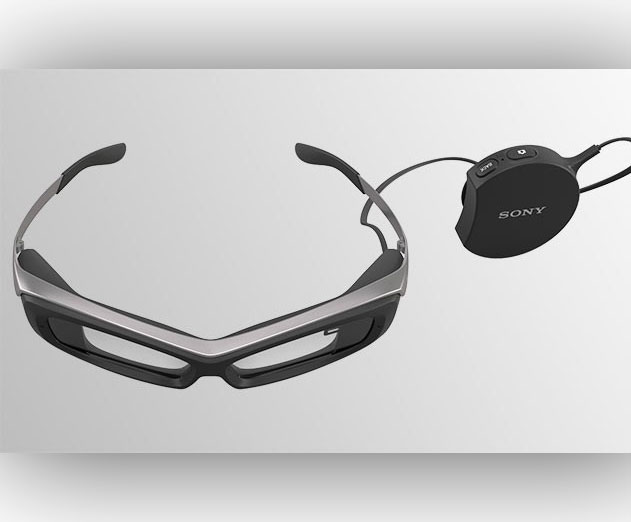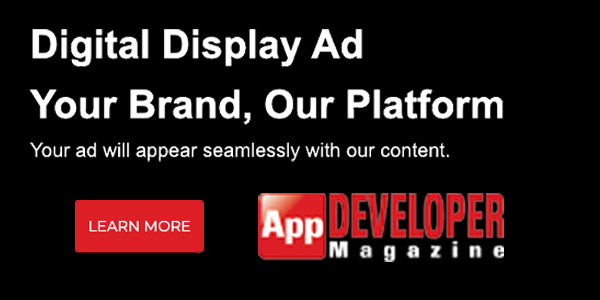Sony SmartEyeglass Developer Edition SED E1 Now Available
Thursday, April 9, 2015

|
Stuart Parkerson |
Sony’s SmartEyeglass Developer Edition SED-E1 is now available for sale in ten different countries including the US. The eyeglasses enable augmented reality and hands-free use cases made possible through Sony’s holographic waveguide technology, which enables super thin augmented reality lenses with high transparency and excellent brightness.
Developers can create augmented reality apps with the SmartEyeglass SDK. The SDK comes with sample code, tutorials, design guidelines, in-depth developer guides, API references, testing and publishing guidelines and support information. Applications run as normal Android apps on a connected smartphone communicating wirelessly over Bluetooth and wireless LAN. It supports devices running Android 4.4 and above
The SmartEyeglass Developer Edition is equipped with a wide range of sensor technologies, including a CMOS image sensor, accelerometer, gyroscope, electronic compass, brightness sensor, and microphone. SmartEyeglass utilizes these features, together with GPS location information obtained from the connected smartphone, to provide the user with information that is tailored for the user’s current task or scenario.
SmartEyeglass are equipped with a thin, lightweight display module designed specifically for transparent lens glasses. The module is made up of two parts: the optical engine, which projects images and text using micro display (µDisplay) technology, and a holographic waveguide, an extremely thin transparent plate of glass measuring just 1mm.
The waveguide is a Sony technology that takes the light created in the optical engine and projects a virtual image through the holographic optical elements to the eyes of the wearer. Together with the protective plating, this technology enables more than 85% outside light transmittance, with lenses that are only 3mm thin in total.
The glasses display is monochrome, to help ensure low energy consumption and high luminance (up to 1,000 cd/m2). This enables a binocular display, where text and information is clearly visible under a wide range of lighting conditions.
Specifications include:
- Augmented reality eyewear with a wired controller.
- Binocular, see-through monochrome 8-bit display with more than 85% transmittance.
- 3 MP camera for still images.
- Includes accelerometer, gyroscope, electronic compass, brightness sensor, microphone and noise suppression sub microphone.
- Wireless LAN and Bluetooth connection to the host Android device.
- More than 150 minutes of continuous use.
- Speaker and microphone included.
- Weight approx. 77 g (2.7 oz) without controller.
- Supports devices running Android 4.4 and above.
The Sony SmartEyeglass Developer Edition SED-E1 is available in the following countries at the prices shown (where appropriate the price excludes VAT):
Belgium (670 EUR)
France (670 EUR)
Germany (670 EUR)
Italy (670 EUR)
Japan (100,000 JPY)
Netherlands (670 EUR)
United Kingdom (529 GBP)
USA (840 USD)
Spain (670 EUR)
Sweden (5810 SEK)
The Sony SmartEyeglass SDK is available for download on the Sony developer portal.
Read more: http://developer.sonymobile.com/products/smarteye...

Become a subscriber of App Developer Magazine for just $5.99 a month and take advantage of all these perks.
MEMBERS GET ACCESS TO
- - Exclusive content from leaders in the industry
- - Q&A articles from industry leaders
- - Tips and tricks from the most successful developers weekly
- - Monthly issues, including all 90+ back-issues since 2012
- - Event discounts and early-bird signups
- - Gain insight from top achievers in the app store
- - Learn what tools to use, what SDK's to use, and more
Subscribe here




_cptybzmh.jpg)








